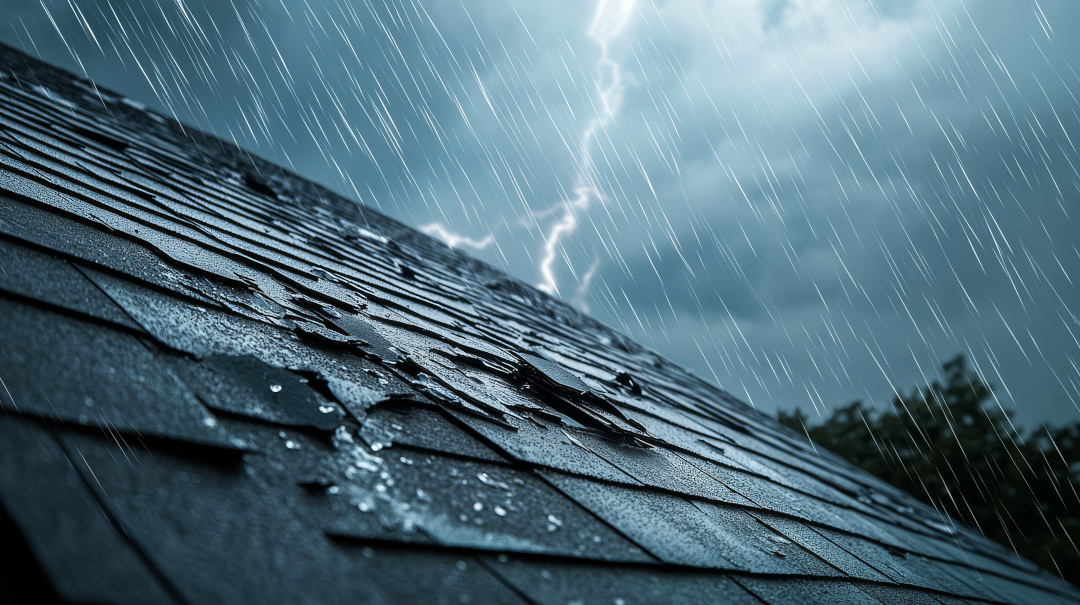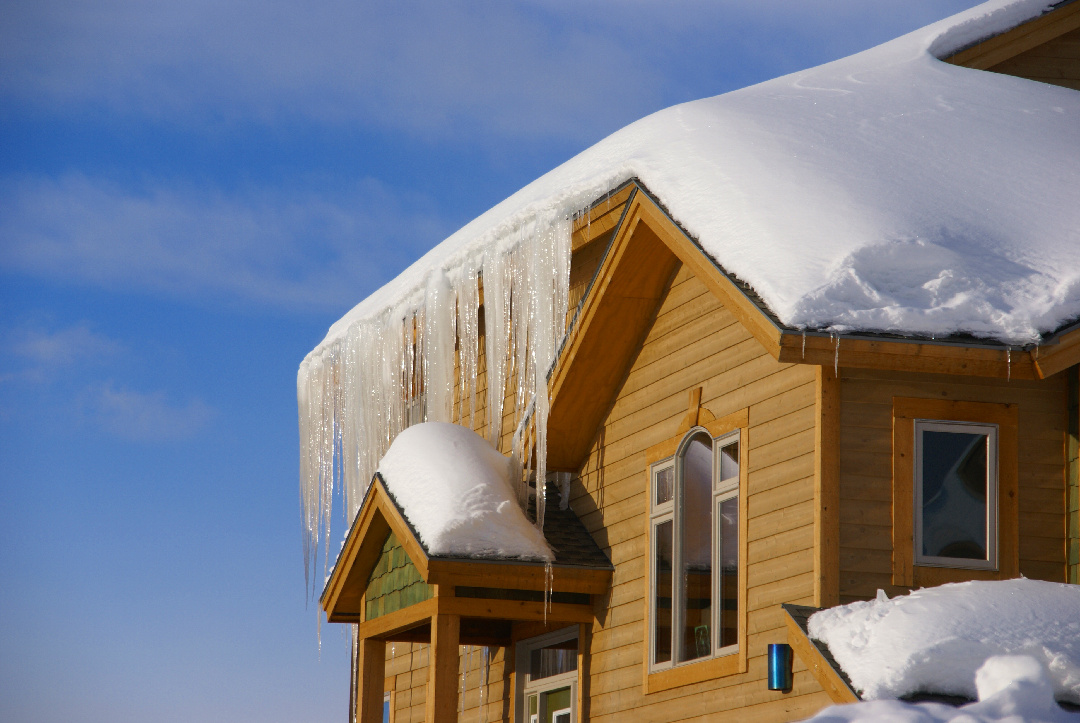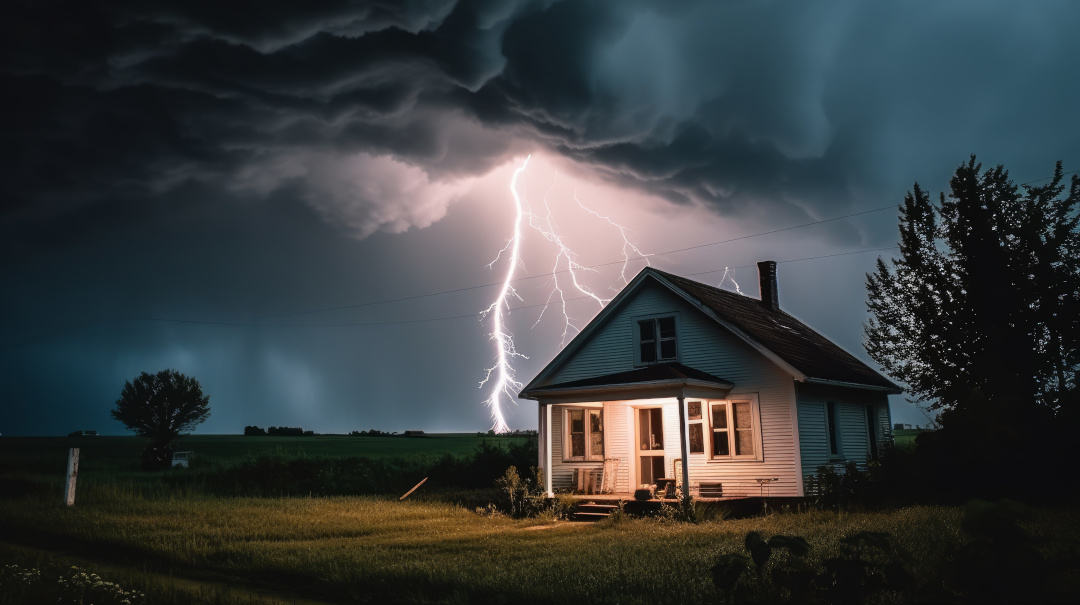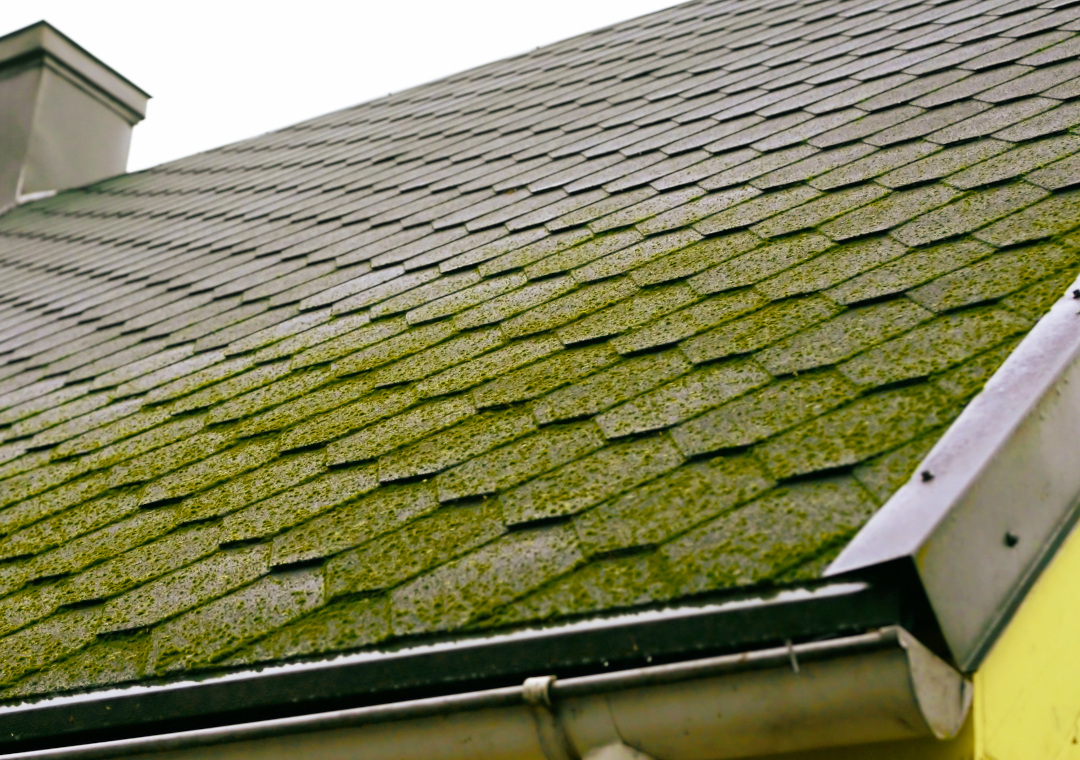
Proactive Roof Ventilation Protects Your Health and Home
The heating and air specialists Jackson & Sons tell us that attics can reach up to 140 degrees F or higher in the summertime. That means there’s more than melted holiday decorations on the line—here’s why it’s important to protect your attic from excessive summer heat.
If your home is over 20 years old, it’s likely that your attic becomes excessively hot during the warm weather. After a rainy, hot summer, the combination of excessive moisture and high temperatures can cause damage to roofing materials. Although you don’t see the immediate effects of this damage, it can lead to costly repairs. It’s time to consider a installing a roof heat vent to prevent your attic from harming your roof.
Preventing Excessive Heat
The best way to avoid excessive heat is to understand how excessive heat enters and exits the attic. A primary measure is to check that proper air inlets and outlets are installed in the right proportions. No matter who works on your home—architects, construction teams, electricians, and even you as a homeowner—there are actions that can be taken every step of the way to create efficient roof ventilation. If you’re building a home or renovating a roof, be sure to discuss these elements with your contractor. When you identify essential structures that will keep your home cooler, you can work toward cleaner air and a lower chance of damage.
What Happens Without Proper Ventilation?
Without proper ventilation, heat damage will affect your roof after just a few years. In time, the damage can go beyond a simple repair; the structure of your roof can be weakened and unhealthy mold spores can impact the air you and your family breathe. Excessive heat in your attic leads to excess moisture, which causes a build-up of mold. Mold can severely compromise the health of the people who live in your home.
Odd as it may sound, you should get to know your attic. When you learn the areas that have potential for moisture and heat build-up, it’s easier to spot when insulation blocks air flow or areas of the attic are growing mold. Catching the mold before it grows unruly can help you avoid health problems that are often masked as minor coughs and colds.
How to Improve Ventilation
If you notice that temperatures in your attic are uncomfortably and unusually hot, it’s best to contact your roofing contractor to evaluate your roof ventilation. Unsure about the condition of your attic and roof as a whole? Your contractor can estimate the condition of your attic and roof and determine your best, longest-lasting solution. As the adage goes, a stitch in time saves nine. Request a quote and talk to an Enterprise Roofing expert about the next steps today.

Essential Roofing Considerations for Springboro, Ohio Homeowners

The Cost of Neglect: Why Year-Round Roof Maintenance Saves Money

Understanding & Preventing Ice Dams to Protect Your Home

Storm Chasers & Insurance Trends: What Homeowners Need to Know

